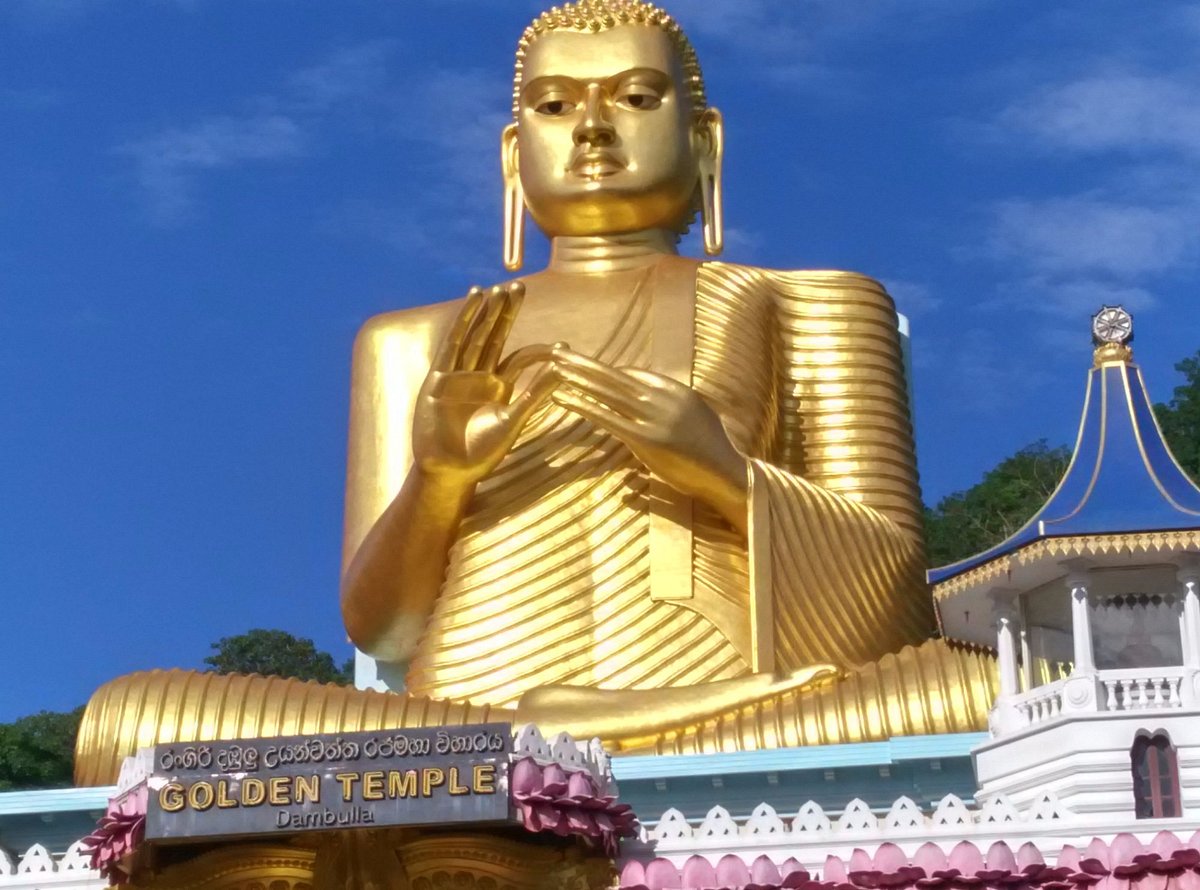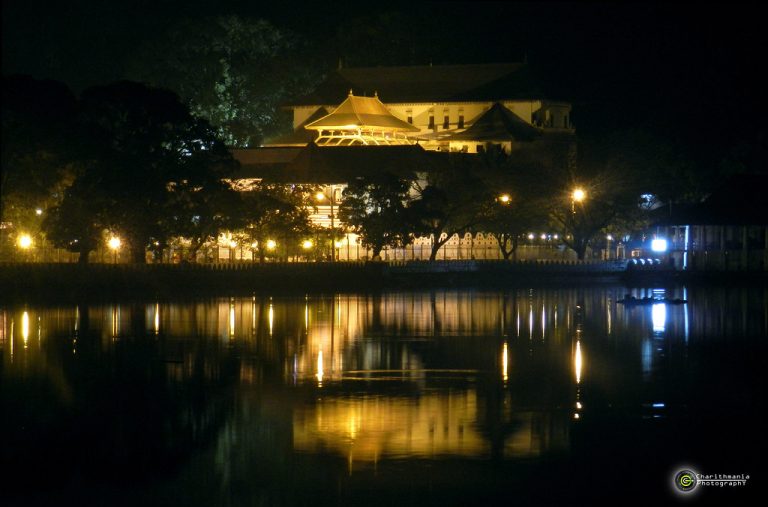Golden Temple Sri Lanka: Nestled in the serene surroundings of Dambulla, Sri Lanka, the Golden Temple stands as a beacon of historical and cultural significance. This ancient site, officially known as the Dambulla Cave Temple, is renowned for its stunning architecture, vibrant frescoes, and rich heritage. In this article, we’ll explore ten key historical and cultural insights into the Golden Temple, shedding light on its importance and the treasures it holds.
Golden Temple Sri Lanka: Origins and Historical Significance
The Golden Temple, or Dambulla Cave Temple, dates back to the 1st century BCE. Originally carved into a rock face by King Valagamba, who sought refuge in the caves during a period of political turmoil, the temple has since evolved into a major pilgrimage site. The cave complex was expanded and embellished over centuries, reflecting the devotion of various kings and patrons.
Golden Temple Sri Lanka: Architectural Marvel
The Golden Temple is not just a spiritual site but also an architectural marvel. The complex consists of five main caves, each adorned with intricate paintings and sculptures. The caves are strategically situated in a rock face that rises 160 meters above the surrounding plains, providing a dramatic backdrop to the temple’s artistry.
The Golden Buddha Statue
One of the most iconic features of the temple is the massive golden Buddha statue that stands at the entrance. This 14-meter-tall statue was added in the 20th century and symbolizes the enduring faith and reverence of the Sri Lankan people. The statue’s gleaming surface and serene expression make it a focal point for visitors and devotees alike.
Stunning Frescoes and Paintings
The interior of the caves is adorned with some of the most exquisite frescoes and paintings in Sri Lankan art. These vibrant murals depict scenes from the life of the Buddha, as well as various historical and mythological themes. The frescoes are renowned for their detail, color, and the skillful use of space and perspective.
Sacred Relics and Shrines
The Golden Temple houses numerous sacred relics and shrines that are of immense importance to Buddhists. Among them are relics believed to be associated with the Buddha, as well as various statues and artifacts donated by devotees over the centuries. These relics play a central role in the temple’s rituals and ceremonies.
Cultural Festivals and Rituals
The temple is the epicenter of several significant cultural and religious festivals. The most notable is the Dambulla Perahera, an annual procession that features traditional drumming, dancing, and the display of sacred relics. This festival attracts thousands of visitors each year and is a vibrant celebration of Sri Lankan culture and Buddhism.
Golden Temple Sri Lanka: Influence of Various Rulers
Throughout its history, the Golden Temple has been influenced by various Sri Lankan rulers and patrons. King Valagamba, who initially established the temple, was succeeded by numerous other kings who contributed to its expansion and decoration. Each ruler left their mark on the temple, adding to its rich tapestry of history and art.
Preservation and Conservation Efforts
Preserving the Golden Temple’s heritage is a crucial task, given its age and the delicate nature of its art and architecture. Conservation efforts are ongoing to maintain the integrity of the frescoes, sculptures, and structures. These efforts ensure that future generations can continue to appreciate and learn from this remarkable site.
Tourism and Visitor Experience
Today, the Golden Temple is a major tourist attraction, drawing visitors from around the world. The experience of exploring the cave complex, viewing the golden Buddha, and witnessing the ancient frescoes is both educational and awe-inspiring. The temple’s serene atmosphere provides a contemplative space for visitors to reflect and appreciate the cultural heritage of Sri Lanka.
Spiritual and Religious Significance
Beyond its historical and cultural importance, the Golden Temple holds deep spiritual significance for Buddhists. It is a place of meditation, reflection, and worship. The serene environment, coupled with the ancient relics and artworks, creates a powerful spiritual experience for those who visit and engage in the temple’s practices.
Conclusion
The Golden Temple Sri Lanka, or Dambulla Cave Temple, is a remarkable testament to the island’s rich historical and cultural heritage. From its ancient origins to its stunning architecture and vibrant artworks, the temple offers a profound glimpse into Sri Lanka’s Buddhist traditions and artistic achievements. As a site of pilgrimage, preservation, and tourism, the Golden Temple continues to inspire and captivate visitors from around the world.
FAQs
1. What is the best time to visit the Golden Temple?
The best time to visit the Golden Temple is during the cooler months between December and March. This period offers pleasant weather for exploring the site and attending cultural festivals.
2. Are there any dress code requirements for visitors?
Yes, visitors are required to dress modestly when visiting the Golden Temple. This means covering the shoulders and knees. It’s also customary to remove shoes before entering the temple premises.
3. How do I reach the Golden Temple from Colombo?
The Golden Temple is approximately 150 kilometers from Colombo. You can reach it by car or bus, with the journey taking around 3-4 hours. There are also guided tours available that include transportation.
4. Are there any entrance fees for the Golden Temple?
Yes, there is a nominal entrance fee for visitors. The fee helps support the maintenance and preservation of the temple. It’s advisable to check the current rates before your visit.
5. Can I take photographs inside the temple?
Photography is generally allowed in the temple complex, but it’s important to respect any restrictions on taking pictures of specific areas or relics. Always follow the guidelines provided by the temple authorities to ensure a respectful visit.
Also read: Travel Insurance for Europe Trip: 10 Key Benefits You Need to Know




Leave a Comment